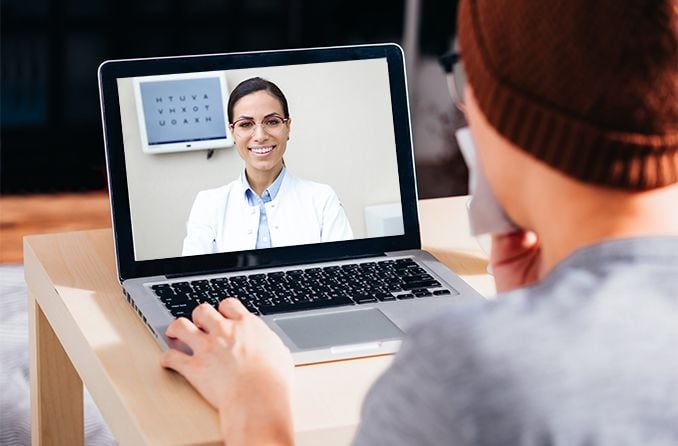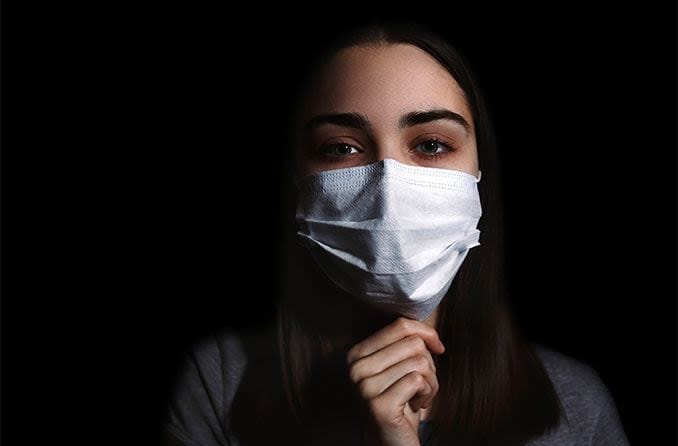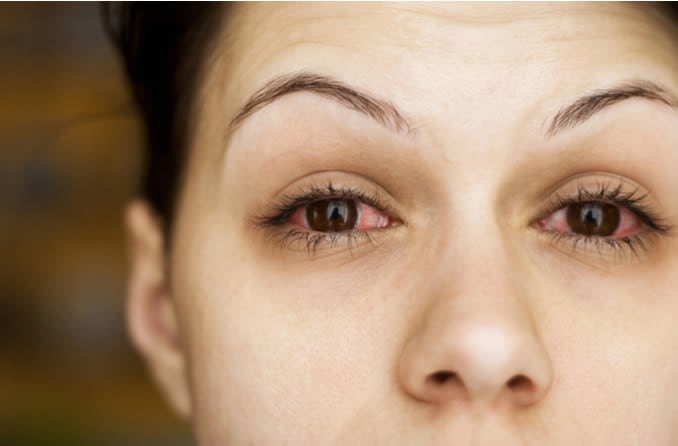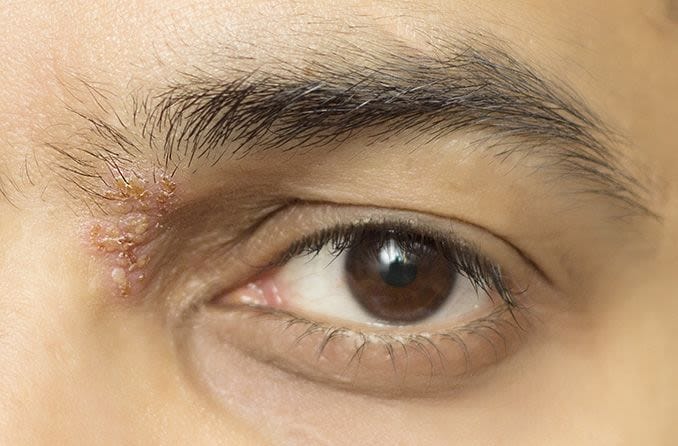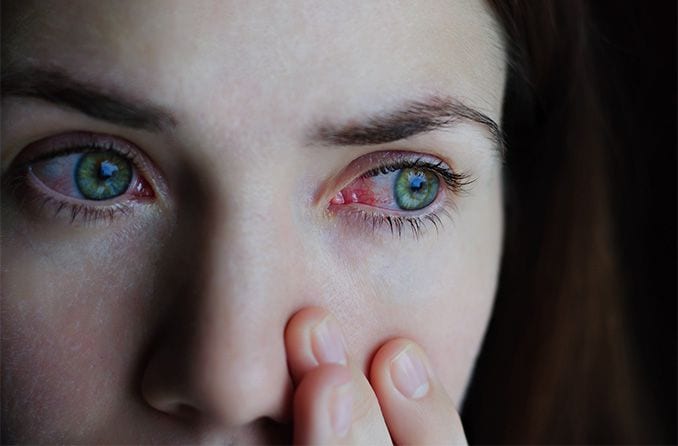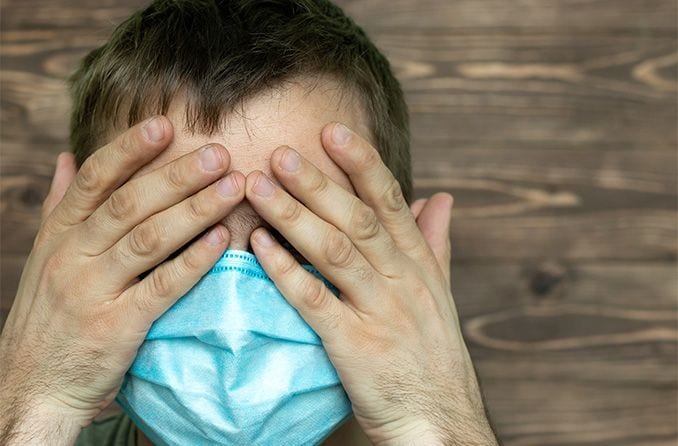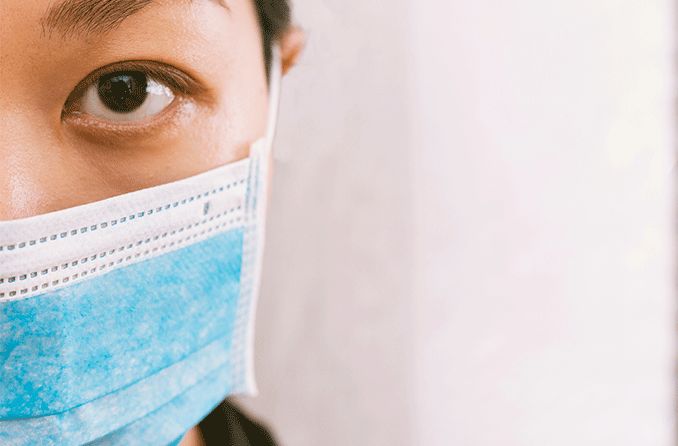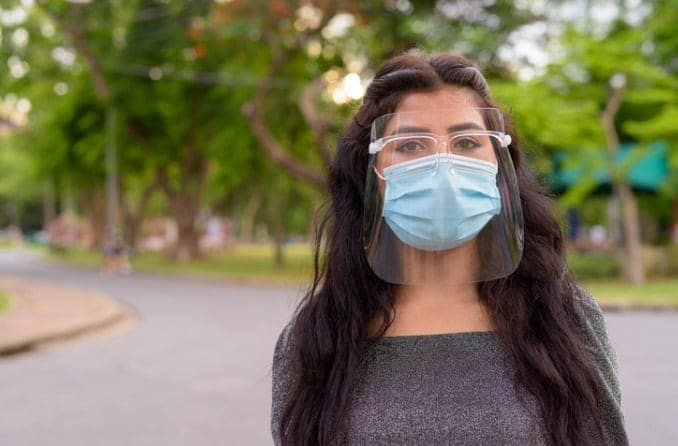Eye doctors get creative with telehealth
During the COVID-19 pandemic, some eye doctors are seeing patients via virtual "eye exams" while their offices are limited for routine eye care.
Yes, you may be able to FaceTime with your eye doctor to find out if that bump on your eye is a stye and what you can do to treat it at home.
What’s driving the shift to telehealth? Efforts to control the spread of COVID-19, the disease caused by the new coronavirus.
On March 18, 2020, the American Academy of Ophthalmology (AAO) issued a practice guidance document that urged all ophthalmologists to immediately "cease providing any treatment other than urgent or emergent care."
The following month, AAO released a follow-up message from Academy CEO, David W. Parke II, MD, on reopening ophthalmology care, which stated that, "the decisions to reopen more normal practice will be local and regional...based on local and state governments, on public health authorities interpreting local patterns of disease, on testing availability, on institutional policies and ultimately on individual ophthalmologists."
On March 24, 2020, the American Optometric Association’s Health Policy Institute (HPI) released a statement advising optometrists to be aware of guidance issued by the U.S. Centers for Disease Control and Prevention (CDC) that month to postpone all routine eye care visits. The HPI further advised optometrists to take appropriate measures to reduce the spread of COVID-19.
As a result of these actions and recommendations, until the spread of COVID-19 is contained, many eye care professionals have turned to telehealth to diagnose eye issues without the need for in-office visits — and without potentially exposing people to coronavirus.
Virtual visits allow an eye doctor to care for patients, often in real time, by videoconference, computer, smartphone or telephone.
How eye doctors are using virtual visits
Dr. David Goldman, an ophthalmologist in Palm Beach Gardens, Florida, says telemedicine lets eye care professionals determine whether a patient is experiencing a medical emergency.
For instance, a patient’s eye irritation might be caused by an easy-to-treat swollen eyelid, meaning it’s not an emergency.
“By being able to evaluate these patients from afar, we can minimize the number of in-office visits and decrease overall risk for everyone of coronavirus exposure,” Goldman says.
Reassuring patients during a global pandemic
Dr. Susan Resnick, an optometrist who is president and co-managing partner of an eye care practice in the New York City area, says that before the COVID-19 pandemic erupted, her practice was investigating telehealth.
The pandemic rapidly sped up that process, she says. Now, the practice relies on a telehealth platform called Doxy.me.
Resnick says telehealth helps doctors determine whether, for example, a patient should be prescribed medicine without an office visit or if an in-person visit is warranted.
“It is certainly a way to reassure patients that we are there for them, which is most important in these scary times,” Resnick says.
And once the current restrictions on office visits are lifted? “We will continue to utilize this platform whenever necessary,” she says. “We do not view it as a disruptor or threat, but rather as a way to bolster our practice.”
So far, Resnick says, patients have been receptive to and grateful for the new telehealth option. Previously, the practice’s doctors occasionally assessed common eye conditions by asking patients to text or email images of their eyes.
“Patients are always looking to avoid the ‘inconvenience’ of an appointment or get a quick confirmation of self-diagnosis,” Resnick says.
FaceTime virtual visits "to hold us over"
Dr. Yuna Rapoport, an ophthalmologist in New York City, uses an app called CaptureProof for telemedicine consultations with patients in the COVID-19 era.
The app securely transmits information, photos and videos. She then virtually visits with patients through the FaceTime app.
Rapoport says telehealth enables diagnosis of common issues, such as a common eye infection or a stye. Other diagnoses might be practically impossible via telehealth, she adds, since she might need to use a slit lamp, a microscope, dilation or another tool to accurately identify a problem.
Telehealth is “useful during this time to hold us over,” Rapoport says, “but unfortunately it cannot replace eye doctor visits in the future because of the hands-on nature of our work.”
For example, during a virtual visit, there’s no way to measure intraocular pressure (which helps detect glaucoma) or to look at a patient’s optic nerves and retinas.
EYE CARE TIP: If you opt for a telemedicine appointment with an ophthalmologist or optometrist, Rapoport recommends ensuring the doctor is using a telemedicine platform that complies with the Health Insurance Portability and Accountability Act (HIPAA) and ask whether the doctor accepts health insurance or vision insurance to cover the cost. (Effective March 6, 2020, Medicare is temporarily covering telehealth services)
Virtual visits can’t replace in-office eye care
Dr. Benjamin Ticho, an ophthalmologist in Chicago Ridge, Illinois, says that aside from reducing exposure to the coronavirus, telemedicine makes eye care more convenient (no trip to an office, for instance) and might lead to a quicker diagnosis.
He also notes that telemedicine reduces the quality of an eye exam because of the lack of pupil dilation and other in-office tests.
Ticho says he’s “not terribly enthusiastic” about remote eye exams because “there’s going to be too many mistakes.”
Plus, he adds, a telemedicine exam might diminish the “warmth and personality” of interaction between doctor and patient.
“For many patients, a good doctor visit is a pleasant social occasion, and for many doctors, that’s part of why we went into medicine,” Ticho says.
